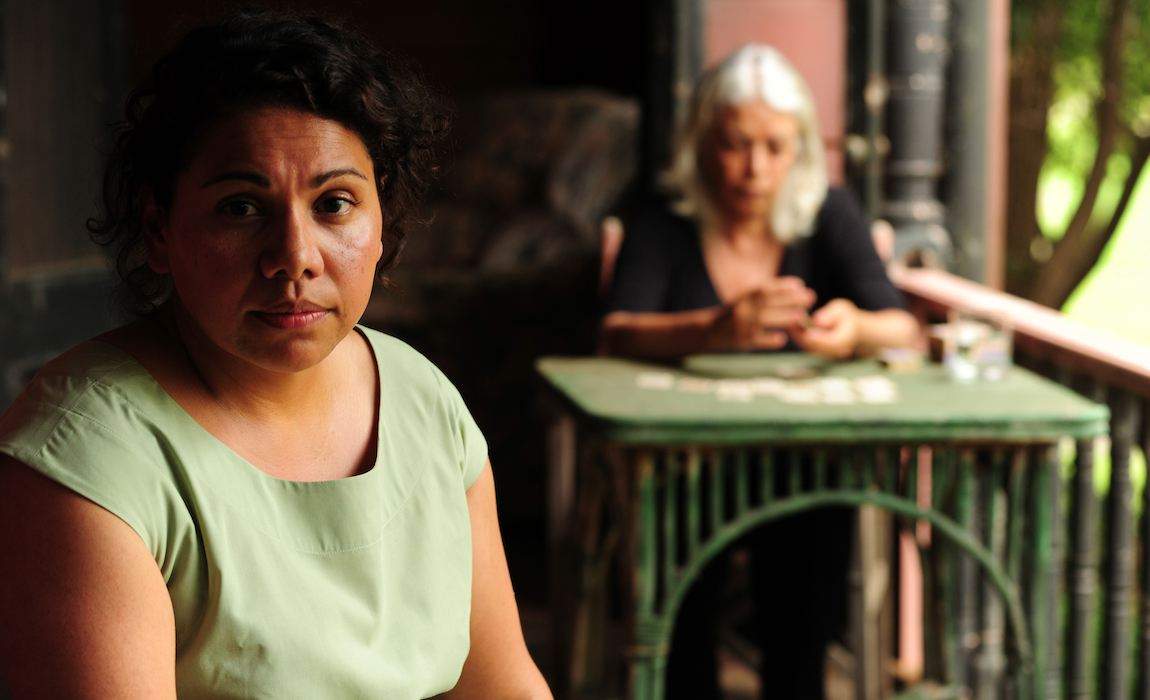The Darkside
Unlike any other feature film - in format, in feeling and in content.
Overview
It's hard to talk about The Darkside. It's a collection of true Aboriginal ghost stories. It's the follow-up to Warwick Thornton's first feature, Samson and Delilah. And it's unlike any other feature film — in format, in feeling and in content.
It's a bit like The Turning by Robert Connolly — an anthology of mini-films rather than a long narrative that arcs forward in a straight line. So you have to take it for what it is; there's no suite of regular characters who change or interact or grow or hug or learn together, there are no subplots, no tricks, no twist at the end, no irony, no winking cleverness, definitely no CGI.
In 12 small chapters, an encounter with an Indigenous ghost is recounted, usually by an actor, straight into the camera in leisurely, long takes. It's a simple and honest approach to pure storytelling without the cinematic gimmicks we're used to.
That makes The Darkside a film to approach with total trust and zero skepticism. Thornton put a call-out all over the country for people to tell their stories of interactions with spirits and the inexplicable. The fact that the stories are real is important. The fact that you may not believe in ghosts is unimportant. After all, you don't need to believe in zombies to enjoy a horror movie. I engaged less with the spiritual side of the film, and more with its sincerity and its unique Indigenous cultural perspective.
Thornton's detours from the direct-to-camera thing are highlights: we watch artist Ben Quilty painting a symmetrical, roaring landscape with the spirit of a small, lost girl floating sideways (it is astonishing, and a rare insight into this painter's creative process). We see a long-limbed Claudia Karvan meets the rainbow serpent and dances into Massive Attacked oblivion. And we see quietly distressing archival footage of 1900s colonialists' anthropological studies into Aboriginal people, who were once thought of as the missing evolutionary link between 'legit' humans and apes. There are a few sneaky laughs and a few sneaky creeps.
This new tide of Indigenous filmmakers — Thornton, Wayne Blair, Ivan Sen, Rachel Perkins — are speaking for themselves, making Aboriginal stories for all audiences, and showing that black culture cannot be compartmentalised into the past or into the margins of non-white populations: this is not Australia's heritage, this is Australia's present. This film may be in limited release in theatres, festivals and galleries, but it deserves to be seen by everyone. The Aboriginal ancestors of Australia are still here and they're living on in The Darkside.





